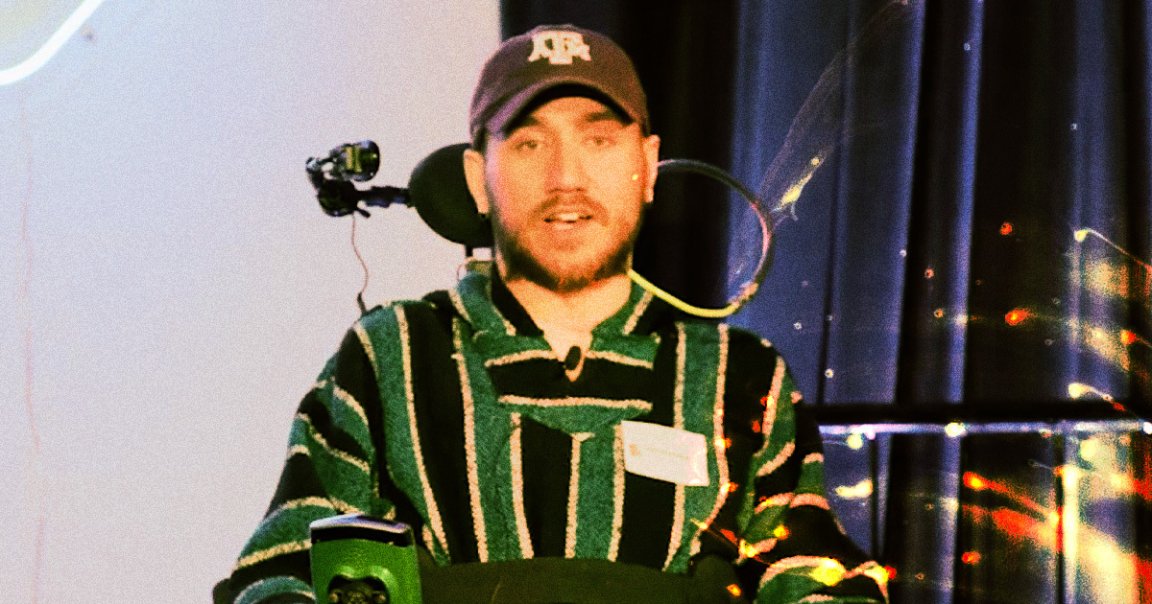
Now that the first Neuralink patient, Noland Arbaugh, is a whiz at playing video games and noodling around his laptop with the power of his new brain implant, he’s told Wired he’d like to go one step further and get a Tesla Optimus robot and control it with his mind.
“I think it would be so freakin’ cool if I had a [Tesla] Optimus robot that I could control with it that would do basically everything for me and be a caretaker,” Arbaugh, a quadriplegic, told Wired. “It would eliminate probably 90 percent of the things that I need other people for.”
Arbaugh would also like a Tesla vehicle that he could connect to via the Neuralink device in his brain and get around town.
“If I could do all that on my own, man, it would change everything,” he said.
For now, the fact that Arbaugh can do everyday tasks with his brain implant — put on music, turn on an audio book or the TV — is a major accomplishment for him, Neuralink scientists and researchers, and other disabled patients contemplating trying out the device.
“It takes very little brain power,” he said about the brain implant. “What I’m thinking the whole time is just where I want the cursor to go.”
The implant is so powerful that Arbaugh is now thinking about working and making money from home to help his family and “not be a burden.”
In a recent post on the social media platform X-formerly-Twitter, Arbaugh said he wants to make money and build a house eventually for his family. He put up a poll asking whether he should monetize his social media accounts, stream his online video gaming activity, do a GoFundMe, or all of the above (the winner was all of the above, with 56 percent of the votes.)
Being a burden on his family seems to be a major factor that weighs on Arbaugh’s mind, as attested in the Wired interview. Before getting the implant, he was in bed most days and would have a shower every other day with his family’s help.
That said, he did admit that he had some anxieties about the surgery.
“The first is that I’m a quadriplegic, and all I really have is my brain,” he said in the Wired interview. “So letting someone go in there and mess around, it’s a big commitment. If something goes wrong, that’s kind of it for me. But I knew I wanted to help out, and I didn’t want to let my fears get in the way of that.”
The major hiccup that has happened since he got his implant was that some wires inside his brain came loose and his implant stopped working as effectively until Neuralink tweaked the software.
“It seems like the threads have stabilized, and even some that were pulled out of my brain had found their way back in,” he said. “I’m not worried about it now.”
With news that Neuralink is gearing up for a second human trial — despite US lawmakers raising questions about the company’s gruesome monkey trials — Arbaugh wants to be a big brother for this person and walk them through the process.
“I’m excited to have a buddy in this, someone to compare notes with,” he said. “It will be nice to get a different perspective.”
More on Neuralink: Neuralink Jamming Wires Deeper Into Second Patient’s Brain